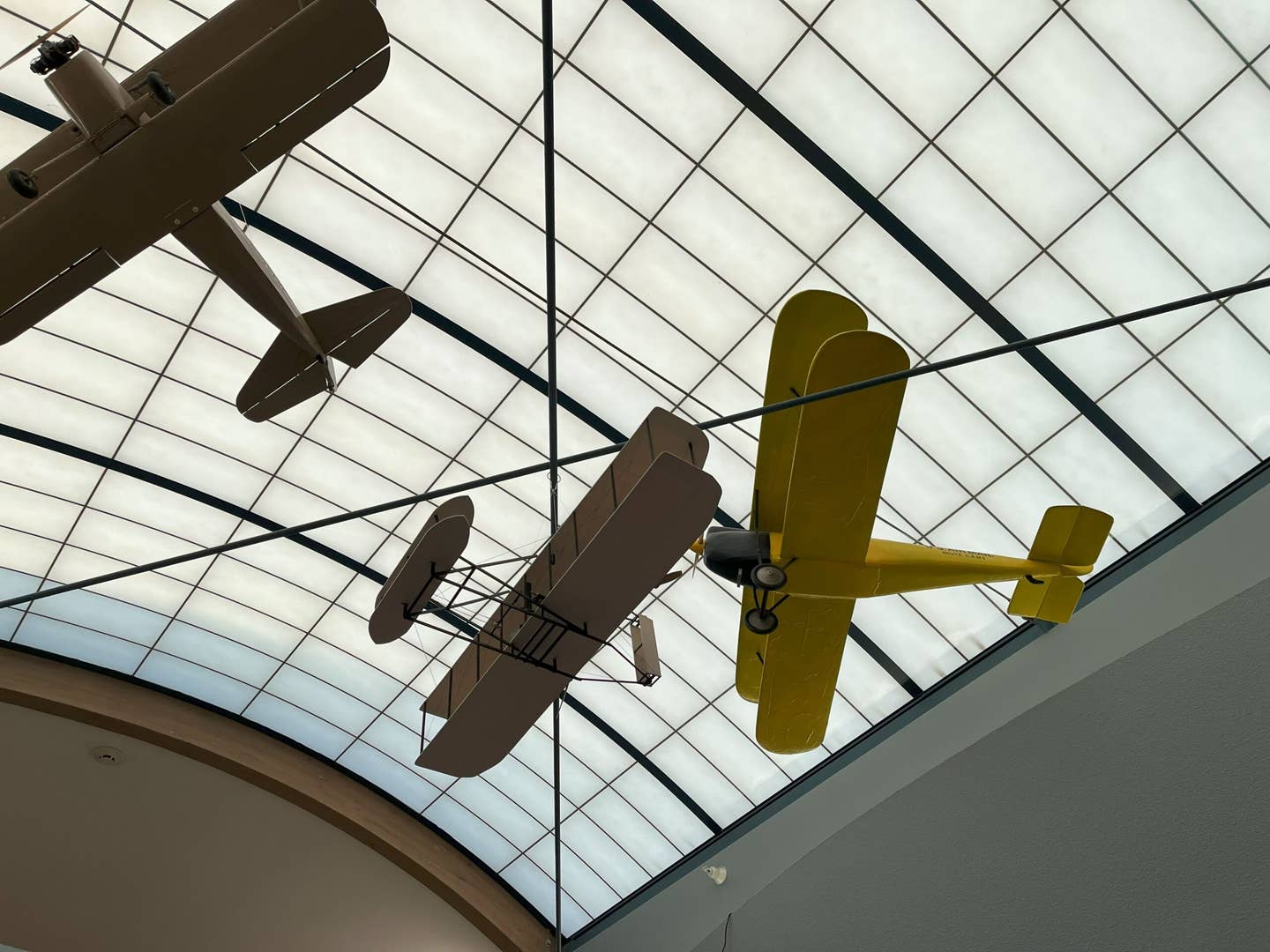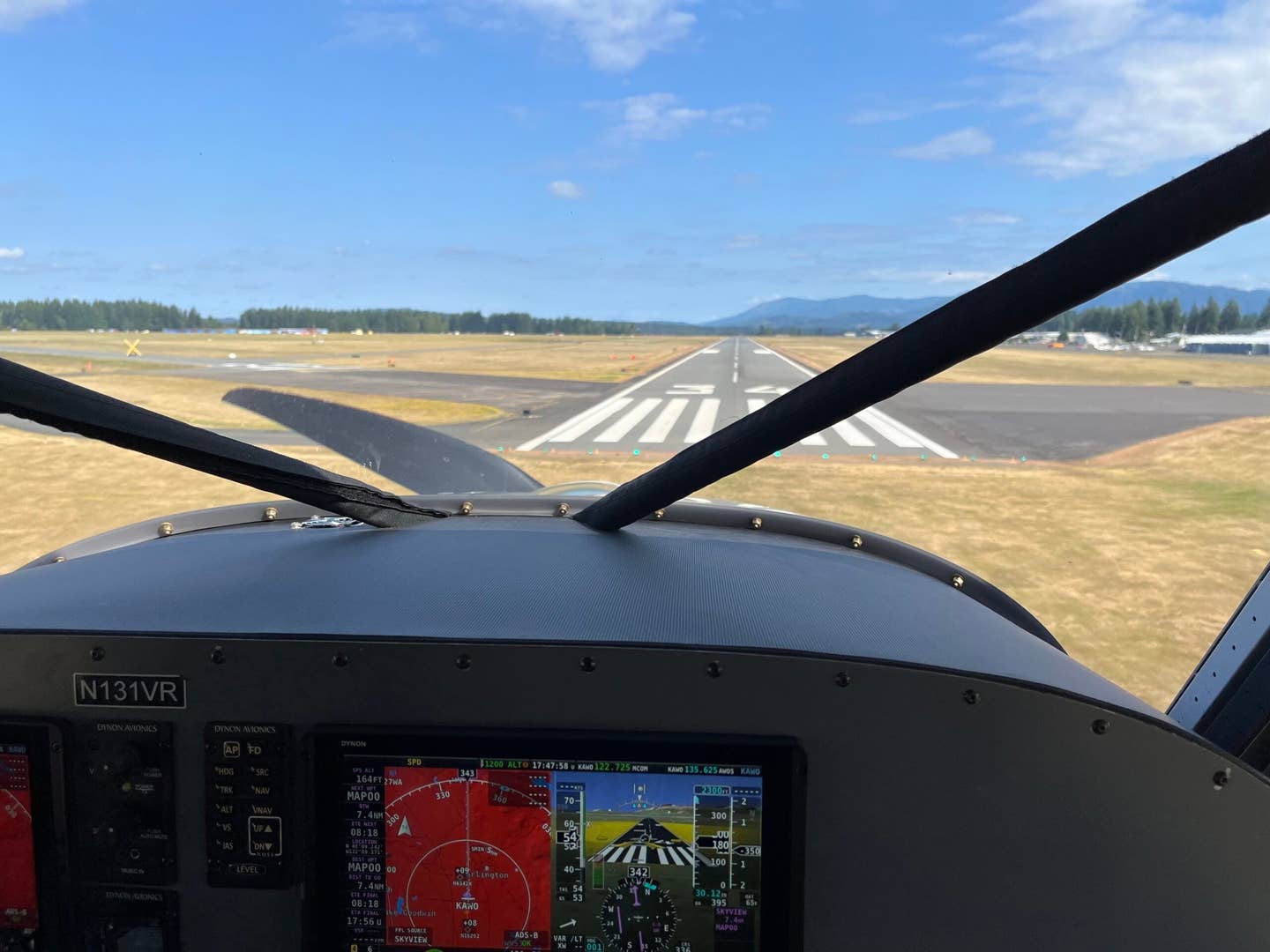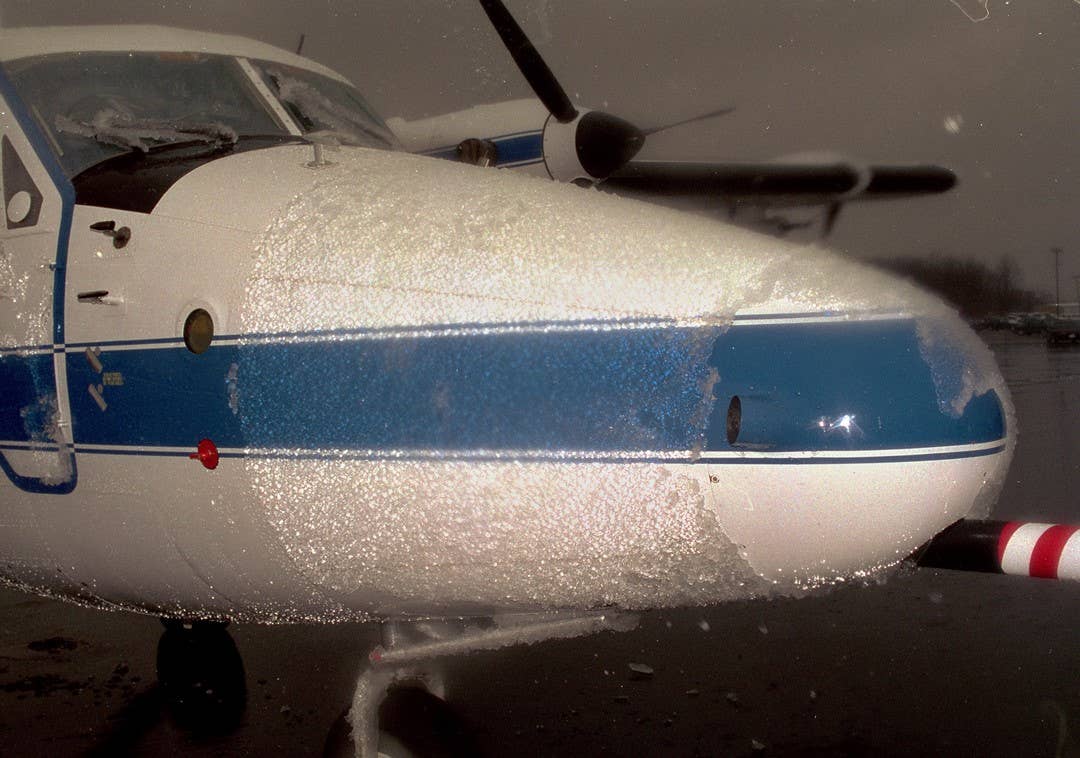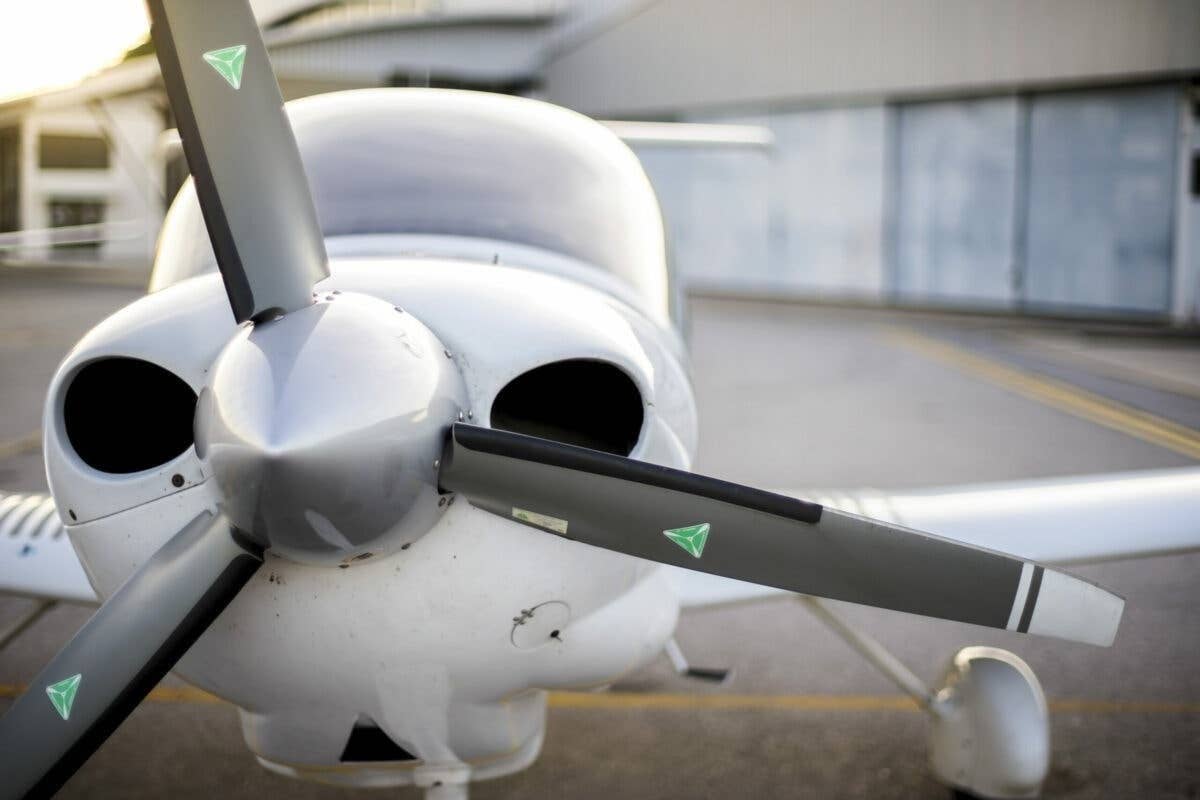
Any bird can glide, sail and soar. Alamy
A northeast wind is picking up. Two red-tailed hawks are circling above this ridge, rising higher and higher, sliding fast when they turn southward but seeming to hover in place when they face north. Each surge and billow lifts them higher. They must soar for pleasure; they’re so far up now, no likely prey would hold still long enough for them to stoop to seize it.
A hundred twenty years ago, people were still arguing about how they did it. They watched buzzards glide from horizon to horizon without moving their wings, and guessed they must be sucking some mysterious essence of upness from the air. Few seemed to realize that air moves up and down as well as horizontally. One who did was Hiram Maxim, an expatriate American living in England who invented a number of things including a most efficient piece of harvesting equipment, the machine gun.
Maxim was, among many other things, a serious aeronautical experimenter who built a huge airplane that might have flown — albeit uncontrollably — had it not been prudently secured to the ground by tracks both above and below its wheels. With a thorough understanding of physical laws and a keen eye for the sea and the sky and the birds in between, Maxim correctly analyzed the dynamics of bird flight. One of his papers, titled “Natural and Artificial Flight,” can be found in the edition of the Aeronautical Annual for 1896. These annuals — three of them — were compilations of writing and thinking on human flight, mostly contemporary but some dating back as far as Leonardo, that appeared from 1895 to 1897. They are available in modern reprints from aeronauticalpublishers.com, and give insight into the now muddled, now lucid state of aeronautical thinking in the years just before powered flight was finally achieved.
It is dispiriting to see Octave Chanute, the trusted adviser of the Wrights, fumbling the ball on the subject of soaring, and conversely, refreshing to read the commonsensical observations of Maxim’s assistant, Percy Pilcher, and of a much-disliked rival of the Wrights, Augustus Herring. Pilcher, a disciple of the German gliding pioneer Otto Lilienthal, would probably have produced the first powered hang glider before the turn of the century had he not, like Lilienthal himself, died in a flying accident.
Chanute, who spent a great deal of time closely observing sea gulls in California, distinguished between “gliding,” which involved loss of altitude, and “sailing,” which did not. He used the terms sailing and soaring interchangeably, though at times I think by soaring he implied a gain of altitude — all this, of course, without wing beats. It was, in reality, a distinction without a difference. The Nobel-winning physicist John Strutt, Lord Rayleigh, in Chanute’s words “the highest scientific authority in Great Britain,” had written in 1883 that if a soaring bird appeared to gather energy from the air, it could come from only three possible sources: sacrificing its own speed, vertical movement of the air or differences of wind speed in closely neighboring air masses. This was correct; all other opinions, however painstakingly reasoned and documented by Chanute, were nonsense.
An airplane gliding is like a car rolling down an incline. Gravity supplies the pull; the road, or the trimmed attitude of the airplane, compels the direction. The angle at which an airplane glides is determined by the ratio of its weight to its drag, also called the lift over drag, or L/D, ratio. Values range from the Space Shuttle’s 4 to 60 or more for the most extreme sailplanes.
Loss of altitude yields power to overcome drag, just as a downhill road allows a coasting car to overcome friction and air resistance. The power obtained from descending, in horsepower, is simply the weight of the bird or airplane or car in pounds multiplied by the rate of descent in feet per minute and divided by 33,000. Thus, a 3,500-pound airplane descending 800 feet per minute liberates about 85 horsepower for overcoming drag.
General aviation airplanes are reported to have L/Ds between 10 and 16 or so, but the higher numbers certainly ignore the effect of a windmilling propeller, which is likely to be the reason for gliding in the first place. Jet transports are said to reach 18 — surprising, again, in view of their enormous fans. At any rate, Boeings and Airbuses are rather good gliders, notwithstanding the journalistic custom of calling any airplane’s descent after a loss of power a “plunge.” I have reflected on the folly of, after an engine failure, aiming for an emergency-landing spot at the outer limit of one’s gliding range. It seldom works: Gliding distance does not readily stretch. Only a tailwind can lengthen it.
I have sometimes thought that the ideal procedure, upon suddenly losing power, must be to zoom-climb, trading speed for altitude. Now, I know, from my own and others’ experience, that in real life an engine does not suddenly switch itself off. It vibrates or roughens while we fumble around with fuel tanks and magnetos and mixture until we finally accept the inevitable and begin to search for a landing place.
The altitude gain from zooming — a few hundred feet, perhaps — would just be a little something extra, but not unwelcome. That, however, assumes you want to stretch your glide. A case could be made that, after a loss of power, time may be just as valuable to a pilot as distance. Every airplane has an indicated airspeed, the minimum-sink speed, at which it loses altitude as slowly as possible. Unfortunately, while the gliding speed is close to the approach speed, the minimum-sink speed is just a few knots above the stall — a dangerous neighborhood to linger in.
The differences in gliding performance with speed are small, but not negligible. A generic heavy single with a clean stall speed near 70 knots would sink about 700 fpm at 75 kias with a windmilling prop. At that speed, its L/D, or glide ratio, would be 10 or 11. Its best glide speed might be around 90 kias, but the L/D there would be only a few percent better. The sink rate, on the other hand, would be 15 percent worse.
At a cruising speed of 155 kias, on the other hand, the L/D with windmilling prop would be under 8, and the rate of sink over 2,000 feet per minute. You can see why I thought it might be good to slow down as quickly as possible.
The most important thing to remember, in airplanes with separate prop and throttle controls, is throttle forward, prop back. Glide at your approach speed, with the throttle open and the prop in coarse pitch — that is, low rotations per minute. You will do almost as well as a buzzard.

Sign-up for newsletters & special offers!
Get the latest FLYING stories & special offers delivered directly to your inbox





![[PILOT AND SNELLEN CHART PIC]](https://www.flyingmag.com/uploads/2022/11/2022-FlyingMag.com-Native-Advertising-Main-Image--scaled.jpeg?auto=webp&auto=webp&optimize=high&quality=70&width=1440)
